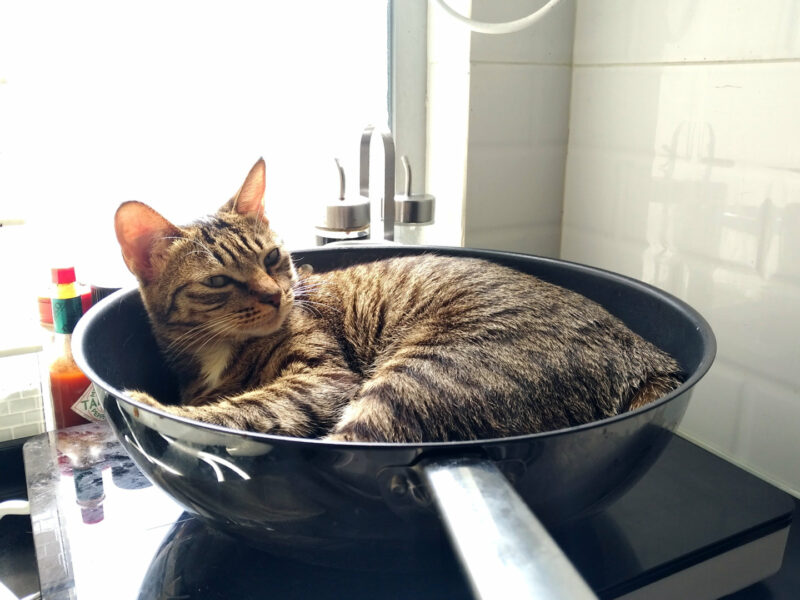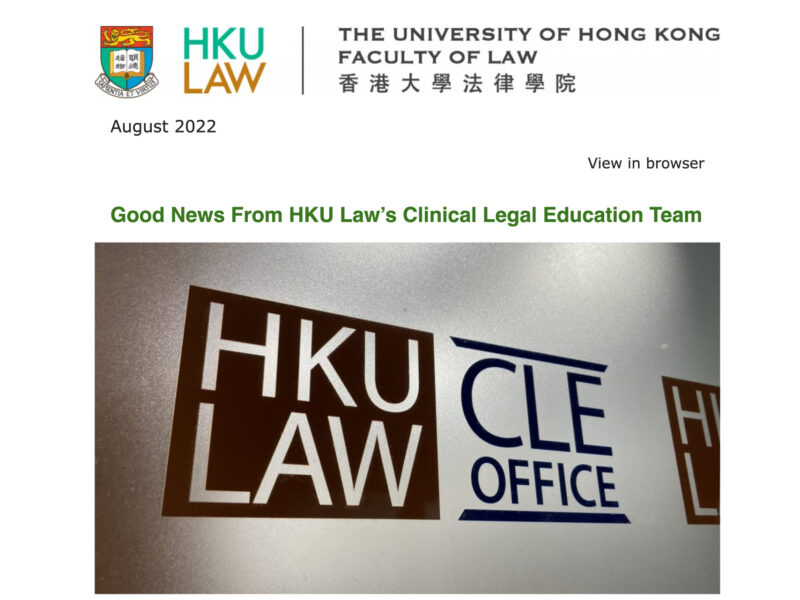A man was convicted of raping his maid. The Court of Appeal quashed his conviction as Mr Gordon Chan, acting pro bono, discovered surprising new evidence from the maid’s phone, which had been seized by the police for 5 years.
In CACC 62/2019, Mr Gordon Chan, led by Mr Eric Cheung, acted pro bono for the appellant, Mr Fung. The Court of Appeal quashed his conviction for raping his Indonesian maid. In doing so, the full bench agreed that the credibility of the maid was cast in doubt in light of a photo from her phone, but the defence was prevented from questioning the maid about it, jeopardising a fair trial.
The appellant was convicted of raping his maid in 2017, who had only commenced working for the household a few days earlier. The maid alleged that the appellant went into her room one night and raped her. As a result, her blood and the appellant’s semen were found on several clothing and bedding items.
On the other hand, the defence case is a complete framing up by the maid. Nothing happened that night. As to the semen, it came from the appellant’s red boxers, soiled by a wet dream he had earlier. He had left it to be cleaned by the maid, who must have taken advantage of the situation.
It is curious to note that at trial, the defence team found a photo of the red boxers in the photo gallery of the maid’s mobile phone. However, the trial judge ruled that this photo was found on a phone as a piece of hearsay evidence. Thus, it was not admissible unless it satisfied the requirements for computer evidence under the Evidence Ordinance.
The trial judge also denied the defence from cross-examining the maid with regard to the content of the photo. Thus the existence of this questionable photo, let alone what is being depicted, was never made known to the jury.
On appeal, Mr Gordon Chan examined the maid’s phone and its filesystem. It was a total surprise when the photo in question was also found in the “sent” folder of WhatsApp. The timestamp in its metadata was also before the arrival of the police but after the alleged rape. This corroborated the defence case that the maid had handled the semen-stained boxers and discussed it with a third party.
On this basis, a request was made to the prosecution to conduct a forensic examination on the maid’s mobile phone. This led to the confirmation that the maid sent the photo via WhatsApp to a third party. The importance of this photo was evident at this point that the defendant was deprived of his right to raise this important question with the maid and to defend himself properly.
The Court of Appeal also clarified crucial legal issues concerning digital photographs. Most importantly, photos stored digitally are, in principle, the same as physical photos. As the photo was used to challenge the maid’s version of the event, it is not used for a hearsay purpose. Section 22A of the Evidence Ordinance is not engaged at all.
The judgment of the Court of Appeal has been reported, under HKSAR v Fung Hoi-yeung [2022] 3 HKLRD 833. It has since been approved by the Court of Final Appeal in HKSAR v Milne John [2022] HKCFA 22 – a case concerned with digital evidence of WhatsApp messages.
While it remained unsettled whether photographs are “real evidence” under the common law, this case clarified the use of digital evidence at trial, which is getting more prominent than ever.
Gordon Chan, Esq
Barrister-at-law, Archbold Hong Kong Editor on Public Health, and Member of the Bar Association's Committee on Criminal Law and Procedure. Specialised in medical, technology and criminal law.



